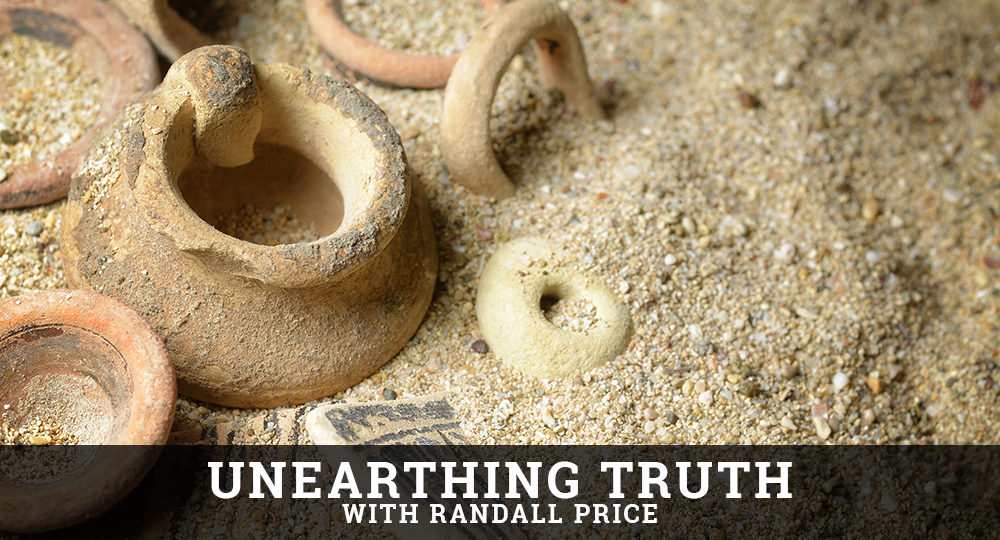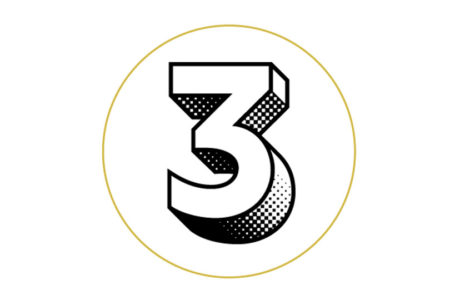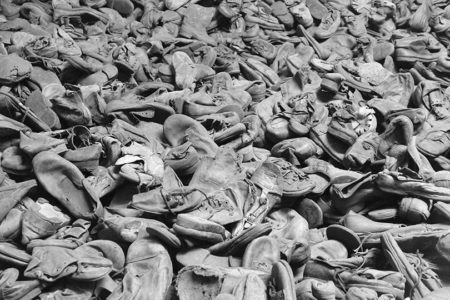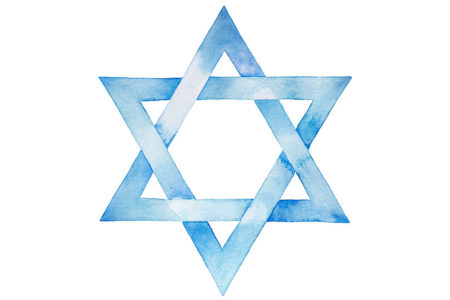All That Glitters Is Not God
They have turned aside quickly out of the way which I commanded them. They have made themselves a molded calf, and worshiped it and sacrificed to it, and said, “This is your god, O Israel, that brought you out of the land of Egypt!” (Ex. 32:8).
The incident of the golden calf looms large in Israel’s history. Moses’ long stay on Mt. Sinai convinced some Israelites that Moses had deserted them or died. So they pressured Moses’ brother Aaron to make “gods that shall go before us” (v. 1). Aaron built a calf using some of the Egyptian gold jewelry intended for construction of the Tabernacle (11:2; 12:35–36).
“Then they said, ‘This is your god, O Israel, that brought you out of the land of Egypt!’” (32:4). Whether Aaron cast a molten image or applied beaten sheets of gold to a wooden one, he created an idol that Israel worshiped, thus threatening the new nation’s covenant relationship with the Lord.
Even if Aaron saw the calf as a symbol for YHWH,1 it in no way mitigated his guilt. Worshiping the idol violated the First Commandment, which is why this incident in Hebrew is called het’ ha’eggel (the Sin of the Calf).
Why a calf? King Jeroboam also used calves, even repeating the declaration in Exodus 32:4, when he installed illicit worship centers in Bethel and Dan (1 Ki. 12:28–29). Since the Israelites had asked, “Make us gods that shall go before us” (Ex. 32:1), many assume the image was of an Egyptian deity.
Some have speculated it was Mnevis, the sacred bull of Heliopolis, or Apis (also Hapis), a sacred bull considered an intermediary between humans and such deities as Ptah, Osiris, and Atum, or even Baal, the Canaanite fertility god. However, clues in the biblical account suggest Aaron modeled the image after the Egyptian mother-goddess Hathor, who appeared either as a cow or a woman wearing a headdress of cow horns and a sun disk.
A primary goddess in the ancient Egyptian pantheon, Hathor was one of the most widely worshiped deities. (There is a shrine to Hathor in the Timna Valley.) She was the symbolic mother of the gods’ earthly representatives, the pharaohs, and was considered the sun god Ra’s feminine counterpart who protected him. The Egyptians commonly prayed to Hathor for help with personal problems.2
Called the mistress of music, dance, drunkenness, and sexuality, her annual festivals involved ritual drinking and dancing.3 If the Hebrews planned to return to Egypt, they obviously desired protection for the trip and acceptance by the Egyptians. Returning under the aegis of pharaoh’s own divine protector would serve as a call for Pharaoh to act benevolently.
Furthermore, Hathor may have been associated with Moses because Queen Hatshepsut may have been his Egyptian mother. Numerous depictions of Hathor in Hatshepsut’s Mortuary Temple in the Valley of the Queens in Egypt reveal her dedication to the goddess.
During the New Kingdom’s 18th dynasty, Queen Hatshepsut ruled jointly with Thutmose III (the oppression pharaoh), until he grew old enough to succeed her. A 2006 discovery of a foundation deposit in Karnak bears the names of both Hatshepsut and Thutmose III.4 It appears Thutmose III and his son Amenhotep II (the Exodus pharaoh) later tried to erase Hatshepsut from her historical role as pharaoh, perhaps because of her relationship with Moses.
Archaeology helps us better understand the rebellious Israelites’ reasoning at Mt. Sinai, while teaching us not to reimagine God based on popular culture. Instead, we should embrace the timeless truths of His Word.
ENDNOTES
- John N. Oswalt, “The Golden Calves and the Egyptian Concept of Deity,” Evangelical Quarterly 45.1 (January-March 1973): 16.
- Geraldine Pinch, Votive Offerings to Hathor (Griffith Institute, 1993), 349–351.
- Ragnhild Finnestad, “Enjoying the Pleasures of Sensation: Reflections on a Significant Feature of Egyptian Religion” in Teeter, Emily; Larson, John A. (eds.), Gold of Praise: Studies on Ancient Egypt in Honor of Edward F. Wente (Oriental Institute of the University of Chicago, 1999), 113–115.
- Romain Mensan, “Tuthmosid foundation deposits at Karnak,” Egyptian Archaeology 30 (Spring 2007): 21.







